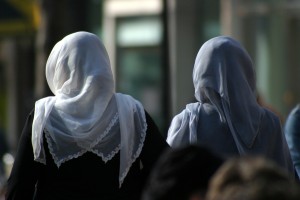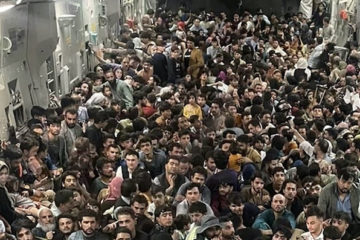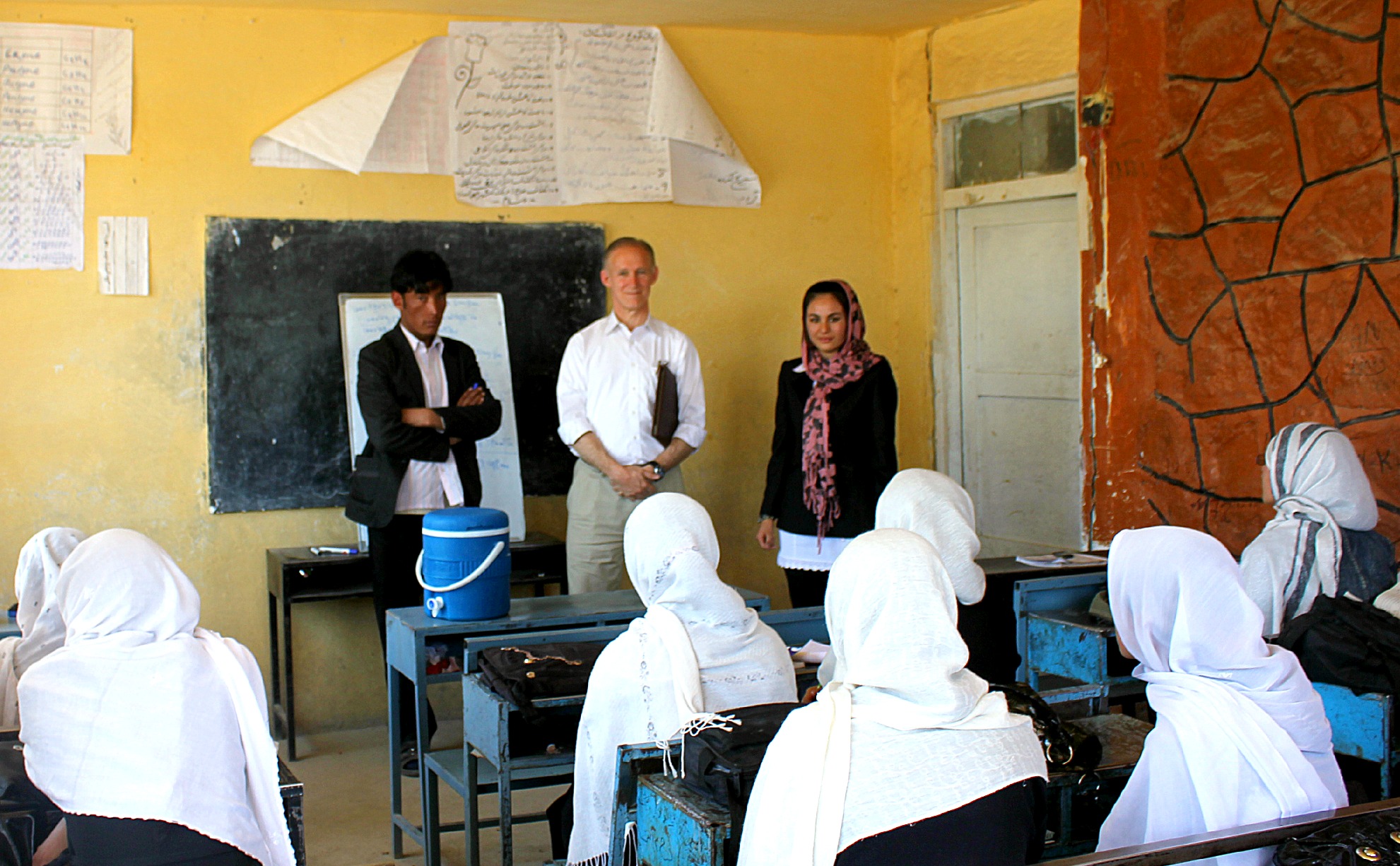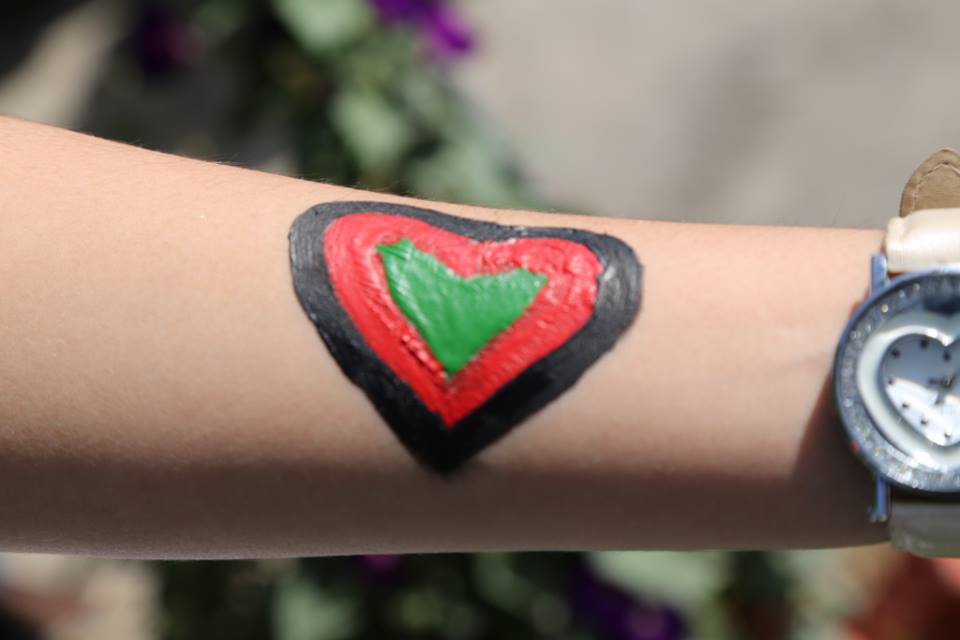 By Kirthi Jayakumar
By Kirthi Jayakumar
When Malala Yousufzai was shot, the Taliban sent out two messages to the world. That they were absolutely cowardly, for it is only cowardice that goads one to attack an unarmed girl, and that it is not force or political wrath that they fear – but an ordinary little girl with dreams to study, and the propensity of an educated society of women.
Malala is the face of the whole ocean of teenaged Afghan girls. Whilst children world over spend time wondering why “school-was-invented†or what excuse they can pull to be able to get out of school the next day, for girls like Malala, where the Taliban decides the course that their lives must chart, school is a dream.
The Taliban regime in Afghanistan was the proverbial death-knell for progressive lifestyles of women in the country. With the advent of the Taliban, Women were denied some of their most basic human rights and fundamental freedoms. The right to life, to work and study, to access health care, the freedoms of expression, movement and religion were no longer allowed to be enjoyed by women. There were instances of women asserting their rights under the Taliban regime, only to be subjected to public lapidation, beatings and imprisonment. Women were oppressed and left bereft of the rights that were inherent to their very existence. Women were not allowed to leave their households unless they had a burqa and had a male-member of their family to accompany them. These policies rendered many women immobile  and confined to their houses, because they were either too poor to afford a burqa, or, had no male relatives left after war. The women who remained at home were made to paint their windows so that no one could look in, from outside, and vice-versa.[1] The few women who once held respectable positions prior to the five years under Taliban rule, were forced to beg to survive, or to stay confined in their houses.
The consequences were manifold. Women teachers who functioned prior to the Taliban regime were no longer allowed to teach at schools. This led to the redundancy of many schools, and the imposition of a severe strain on the education system. Women in the medical field, though were allowed to continue, because women could only be treated by female physicians only. Despite that, there was a steady decline in access to medical care and health care facilities, because it was frowned upon for a woman to go to a hospital. The few that tried were beaten brutally. After braving all of that, if a woman made it to the hospital, there was no guarantee that she would be seen by a doctor.[2] On the other hand, a parallel market of human-trafficking, prostitution and slavery thrived as the covert industry flourished under the rubric of harsh mistreatment of women.[3]
In this background, maybe the attack on Malala is not “out-of-the-blue†for the cynical thinker. But in truth, whatever be the background, the attack on Malala is a cruel, filthy and a disgusting attempt at socking independent thinking in the face. What Malala demanded, was her birthright, a right that so many countries, hers including, have agreed to guarantee to their children. But for Malala and many girls like her, reality spells deprivation of this basic right.
On October 9, 2012 two gunmen stopped her school bus and sought her out by name. She was shot her twice from close range. The shots hit her in the face and the leg, while also injuring two other girls. Malala was not just attacked – in the run up to her attack, the girl was sent threats for years together. While the world spent time reading what she wrote on her blog, no one stopped a moment to act for her, and for girls like her. Malala has spent her life under the yoke of threats, walking the tight-rope of activism through her blog. Malala’s father once ran a girls school, and has spent his life standing up to the Taliban for their hard-liner politics.
Some say Malala is a hero. Some say Malala is a scion of all things women’s rights. Still some say that Malala is a fighter. Which are all indeed undoubtedly true. But my questions are simple. Why is the world allowing the prevalence of a situation where these girls are forced to be fighters? Why is the world allowing girls like Malala to be vulnerable to the Taliban? How can the world lay claim to devoting a “Day†for Girls across the world, when girls like Malala continue to feel the pinch of their lives under disastrous social, political and cultural conditions?
Imagine a scenario where a child is made to choose between losing a limb and redeeming himself for his “wrongdoing†by becoming a suicide bomber. Imagine a scenario where a girl puts her life on line if she wants to go to school. Imagine a life where THIS is the reality. And then walk a mile in those children’s shoes. Afghanistan’s girl sits in hope for a better future as threats of prostitution, domestic violence and a deprivation of basic rights such as education hold her tightly bound as if in a leash. These girls don’t need op-ed pieces about their heroism, or their bravery. They need action. And they need it now.
[1] Rostami-Povey, Elaheh (2007-10-16). Afghan Women: Identity and Invasion. Zed Books
[2] Skaine, Rosemarie (2008-09-23). Women of Afghanistan In The Post-Taliban Era: How Lives Have Changed and Where They Stand Today. McFarland.
[3] “Lifting The Veil On Taliban Sex Slavery”. Time Magazine. 2002-02-10.



0 Comments